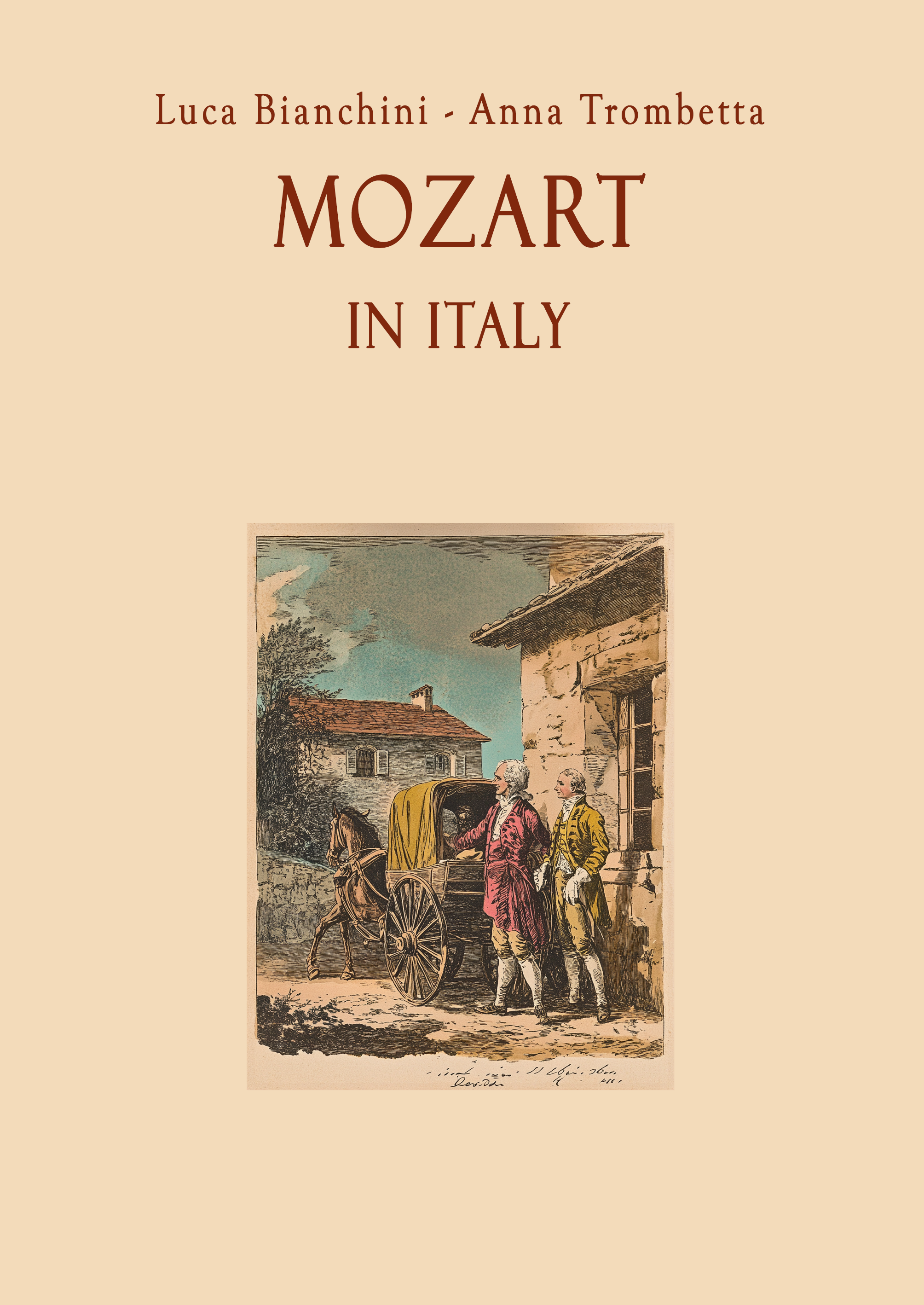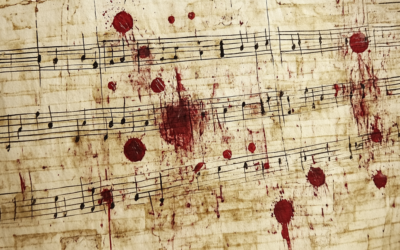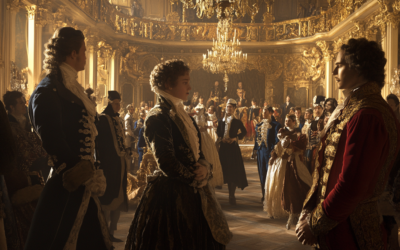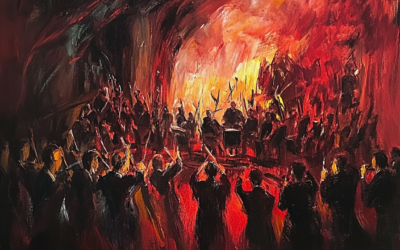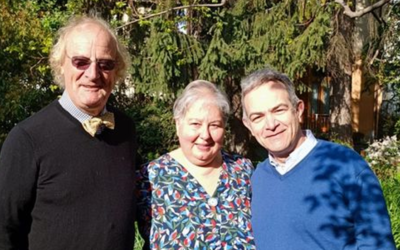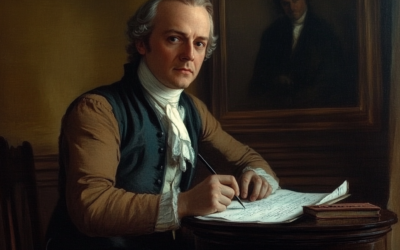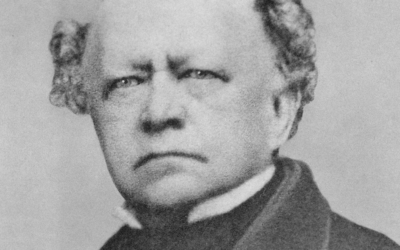Rediscovering Musical Roots
The World Premiere of Gasparini and Mysliveček
How a Historic Performance Challenges the Mozart Myth and Sheds Light on Overlooked Masters
This December, history will come alive as the Camerata Rousseau unveils forgotten treasures by Quirino Gasparini and Josef Mysliveček. These premieres not only celebrate their artistry but also reveal the untold influence of Gasparini on Mozart’s Mitridate re di Ponto. A pivotal event for anyone passionate about rediscovering music history.
Mozart in Italy: The Untold Story
Was Mozart truly a solitary genius, or was he merely the instrument of his father’s ambition? “Mozart in Italy” challenges the conventional narrative, revealing a complex dynamic between father and son that shaped the course of music history. Prepare to question everything you thought you knew.
“History’s forgotten voices deserve to be heard—for they often carry truths that challenge our most cherished legends.”
Mozart in Italy
This December, the Camerata Rousseau will deliver an event of unparalleled significance in the world of classical music. Over three evenings in Switzerland, audiences will experience the world premieres of Quirino Gasparini’s Cembalo Concerto in F Major and the aria Al destin che la minaccia from his opera Mitridate re di Ponto. Alongside these, Josef Mysliveček’s Sinfonia in B-flat Major will also be performed, providing a rare opportunity to appreciate the brilliance of two composers often overshadowed by Mozart.
Why is this event groundbreaking? Gasparini’s works are not merely historical curiosities—they are the very foundations upon which Mozart built parts of his reputation. The aria Al destin che la minaccia is a glaring example. This exquisite piece was blatantly used by Mozart as a model for his own Mitridate re di Ponto, performed in Milan in 1770. The premiere offers modern audiences the chance to hear Gasparini’s original work, transcribed and revised with meticulous care by us, allowing listeners to appreciate its intrinsic beauty and pivotal role in shaping Mozart’s compositions.
As the program booklet highlights, Bologna—a crucial cultural hub in the 18th century—was where connections between Mysliveček, Gasparini, and Mozart were forged under the guidance of Padre Martini. Martini was a key figure, acting as a bridge among these composers, and his influence can be traced in their works. The Mozarts themselves drew heavily from this environment, taking inspiration—and sometimes outright ideas—from Mysliveček’s La Nitteti. The rediscovery of these relationships challenges long-held assumptions about Mozart’s originality and genius, offering a more nuanced view of his creative process.
The program for these concerts includes:
Saturday, 14 December 2024, 7:30 PM – Bern, Grosse Saal Konservatorium
-
Josef Mysliveček: Sinfonia in B-flat Major (World Premiere)
-
Quirino Gasparini: Cembalo Concerto in F Major (World Premiere)
-
Quirino Gasparini: Al destin che la minaccia (World Premiere)
-
Wolfgang Amadeus Mozart: Aria Voi avete un cor fedele
-
Joseph Haydn: Trauersinfonie in E minor
Sunday, 15 December 2024, 5:00 PM – Basel, Don Bosco
The same program will be performed, offering another chance to witness this historic moment.
These performances also coincide with the upcoming release of Mozart in Italy, the definitive English edition of our groundbreaking book. The translation has been professionally revised and includes significant new material, further illuminating the connections among Mysliveček, Gasparini, and Mozart. This book will provide music enthusiasts and scholars with fresh insights into how Mozart’s Italian journey shaped his career and how much he owed to the composers he encountered.
For those keen on exploring the details of Mysliveček’s Sinfonia or Gasparini’s works, Maestro Leonardo Muzii—the conductor of the Camerata Rousseau—is an invaluable resource. His expertise in historical performance practices ensures these premieres will bring the music to life with authenticity and brilliance.
This event is more than a concert series; it is a celebration of overlooked genius, a challenge to entrenched myths, and a tribute to the interconnectedness of musical history. To miss it would be to forgo a unique opportunity to hear the music that not only shaped the past but also reshapes our understanding of it today.
You May Also Like
The London Pieces: Mozart or Make-Believe?
The London pieces, edited for modern tastes, lose their authenticity. Only the uncorrected originals show Mozart’s true early voice—naïve yet authentic.
The Myth of the “Viennese Classics”: Mozart’s True Heritage and the Empire’s Agenda
Mozart wasn’t the quintessential Viennese; rather, he was shaped by German heritage and an opportunistic empire that controlled music as fiercely as it did its people.
The Nationalistic Roots of the Philharmonic Legacy
Under Goebbels, the Berliner Philharmoniker became an instrument of Nazi propaganda, framing German composers as the supreme guardians of musical heritage.
Australian Scholars Confirm Our Findings on Mozart’s Forged Catalogue
Professor Martin Jarvis of Darwin University confirmed our long-held findings that Mozart’s personal catalogue is a forgery, during his recent lecture The Mozart Scam. Forensic analysis continues to unravel the myths surrounding Mozart’s legacy.
The Italian Journey
The Mozarts’ Italian journey of 1769 was not a leisurely Grand Tour but a strategic mission driven by ambition, navigating the treacherous roads of 18th-century Europe in pursuit of fame and fortune.
Mozart’s Music or Marketing Strategy?
Despite Köchel’s best intentions, his catalogue of Mozart’s works became a commercial tool, filled with questionable pieces added by publishers keen on profit rather than accuracy.

